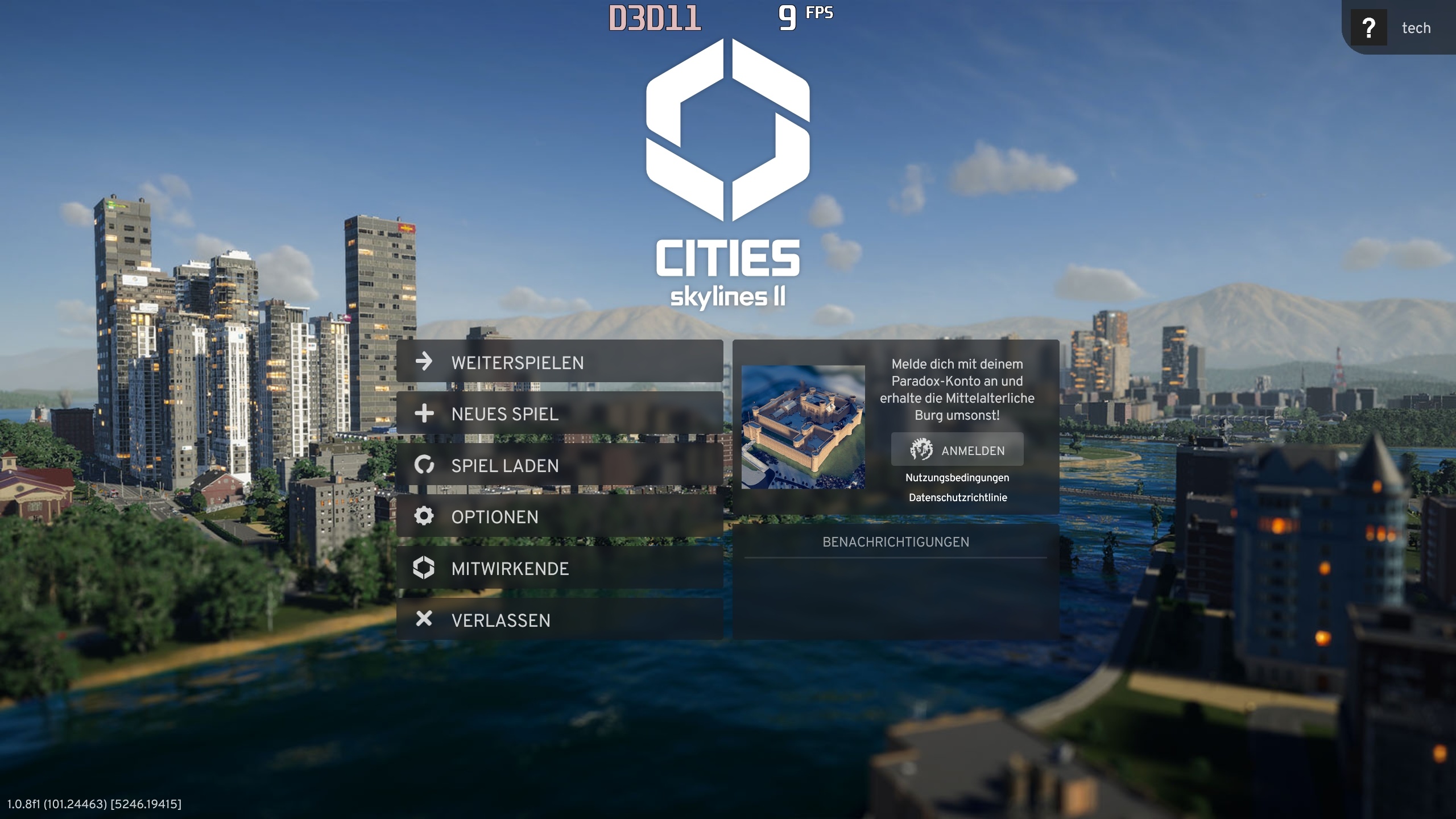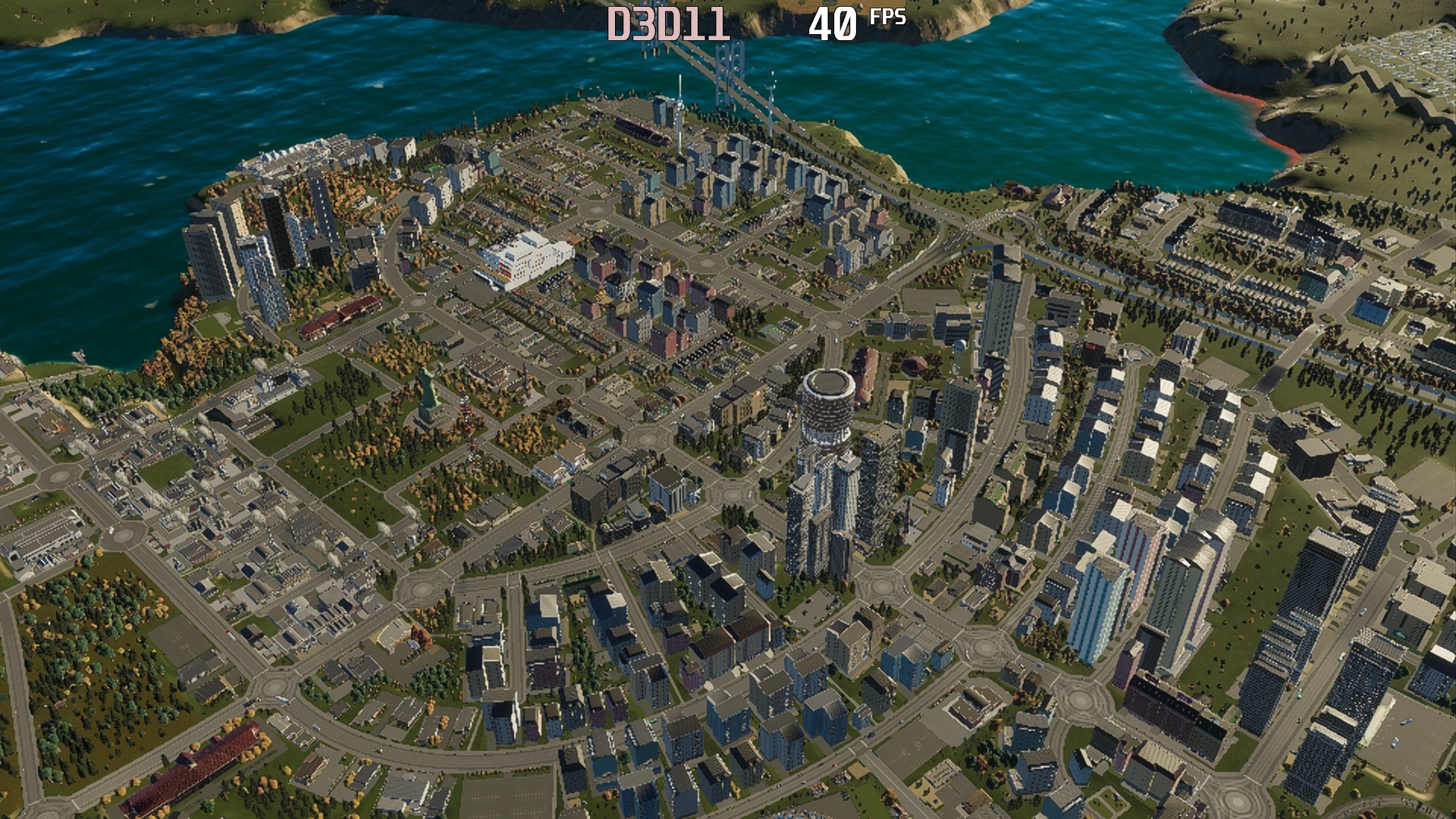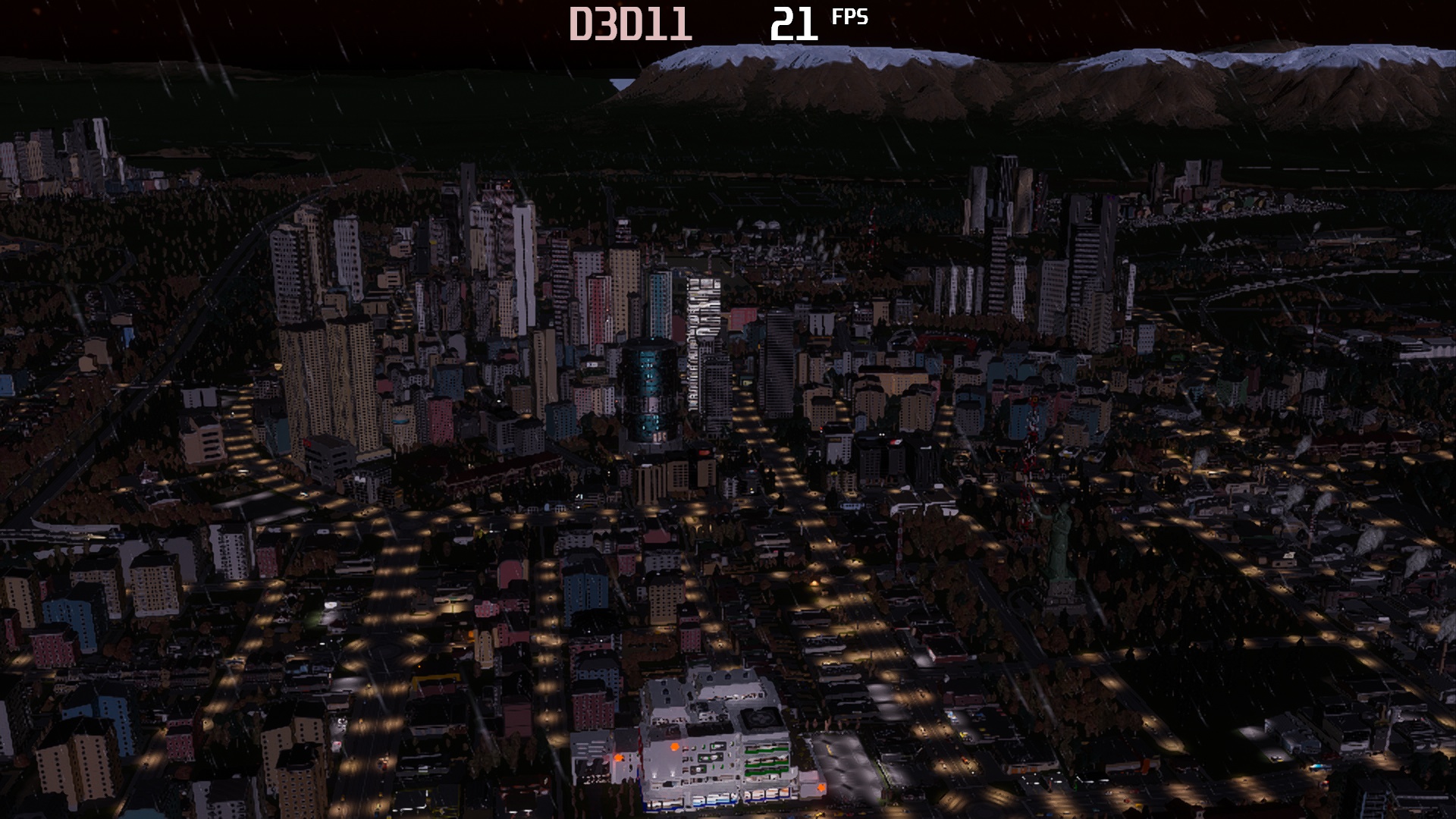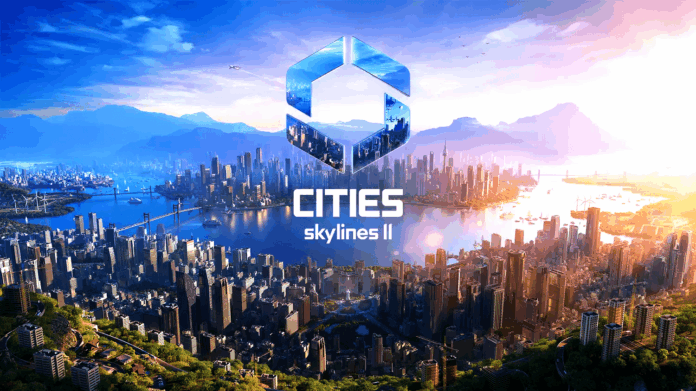Cities: Skylines 2 wants to build on the great success of its predecessor. However, it stumbles over its great ambitions in terms of performance.
Imagine buying a sinfully expensive high-end notebook for several thousand Euros, starting the eagerly awaited Cities: Skylines 2 – and being greeted by single-digit FPS values in the main menu.
What sounds like a bad dream is, as things stand, the bitter reality that we have to attest to Colossal Order’s build hope.
In this article, we will go into more detail about the game’s major performance issues.
The difficulties with the technology, however, do not come as a surprise. After all, the developers themselves warned of performance problems even before the release on October 24.
Why this is praiseworthy on the one hand, but on the other hand can also be viewed very critically, you can read in the article Cities: Skylines 2 sets the completely wrong signal.
Table of Contents
Problems from the beginning
We made our first forays into Cities: Skylines 2 with the recently heavily uprated system requirements, i.e. a Geforce RTX 3080, a Core i5 12600K and 16 GB of RAM.
After the performance left more than much to be desired despite various patches, we switched to the aforementioned notebook with even faster hardware (Core i9 13900H, Geforce RTX 4090, 32 GB RAM), of course with a connected power supply for maximum performance.
Some of the fastest desktop hardware you can currently buy was also represented among our many test systems, i.e. the regular Geforce RTX 4090 as well as a Core i9 13900K.
In addition, the developers have since given us access to a beta build even outside of the regular and finalized patches for the review version, which should further improve performance. But even with that, we initially only see a meager 9 FPS in the main menu despite high-end hardware.
If the problems were only in the menu, it wouldn’t be so bad. Especially since the optically negligible depth-of-field mode option lowers the performance on several systems, and deactivating it can provide some relief. But it doesn’t get any better in the game itself.

Hope dies last
We are very merciful and lower the resolution from WQHD to Full HD – actually an unthinkable thing with the 4K graphics card Geforce RTX 4090. After that, we start a new game with high details and the option Performance preferred
on the Frame refresh rate
setting. Blank map, 25 FPS. Oh dear.
Okay, then very low details, and lo and behold: We now reach 100 FPS after all – but with muddy, no longer really respectable visuals. And what happens when we now load a savegame with 100,000 inhabitants? The FPS drops to about 40 frames per second.
With a RTX-4090 notebook.
In Full HD.
With very low details.

But there is also good news, at least halfway. Because the game can actually be played quite reasonably even with very low FPS values below 20 frames per second. After all, speed is not what matters in a city-building simulation.
If we switch to high details, Cities: Skylines 2 looks worlds better and conveys the big city flair very well, and that at various zoom levels and in all imaginable angles. But then we have to live with only about 10 to 15 FPS at the same time.
One game, many testers, and the same problems
We also encountered such serious performance problems on all other systems of the total of over ten testers. Thus, the game does not only have difficulties with the mobile RTX 4090, but also with the desktop variant of the RTX 4090, which is even faster.
Unsurprisingly, it does not get better when we use hardware very close to the minimum system requirements – but not as much worse as one might think.
With a Geforce GTX 970, a Core i5 6500 and 8 GB of RAM, we get around 15 to 25 frames per second in Full HD with very low details in the big city:

When an RTX 4090 is just about twice as fast as a nine-year-old graphics card, then it quickly becomes clear: The game doesn’t know what to do with current hardware. By the way, it is often the GPU that limits the performance and not the CPU.
The loading times are a bit slower on the fast PC, and the slow hardware sometimes causes strong stutters when zooming. However, it is and remains remarkable how comparatively tiny the performance increase is with the high-end computer.
Can the developers still salvage this?
One thing is already certain: The developers of Cities: Skylines 2 are doing everything they can to still save the performance. We have rarely experienced in a test phase that patches have come so frequently and that problems and possible solutions as well as the work on them have been communicated so openly.
It is much more difficult to answer the question of whether all this will be enough in the end. Of course, this is even more true for the console versions that were also announced and recently postponed to spring 2024 – almost certainly precisely because of the difficulties described here.
Our assessment is: Certain performance improvements are still possible. However, the building game will probably remain an extremely difficult case in the future, at least if the visual quality and the admittedly very high simulation level are not to suffer (too) much.
Several problems come together here, especially the pairing of the developers’ great ambitions and the limitations of the Unity engine. It’s hard not to get the impression that Colossal Order has overreached themselves with the technology of their game overall.
It’s a shame
The most annoying thing is that behind the major performance issues is an impressive game. And your cities, as seen in the video above, can really be a sight to behold – whether you’re zooming in close to the action or getting an overview from far above.
Whether you’re willing to put up with the more than mediocre performance for this is something you’ll have to decide for yourself in the end.
To help you out, we will make the above-mentioned savegame with a city of 100,000 inhabitants available for download at the time of release, along with instructions. We are also working on a tuning guide for better performance and are keeping a watchful eye on further developments through patches.
Let’s hope that, contrary to expectations, significant performance improvements are still possible. The game would certainly deserve it.


